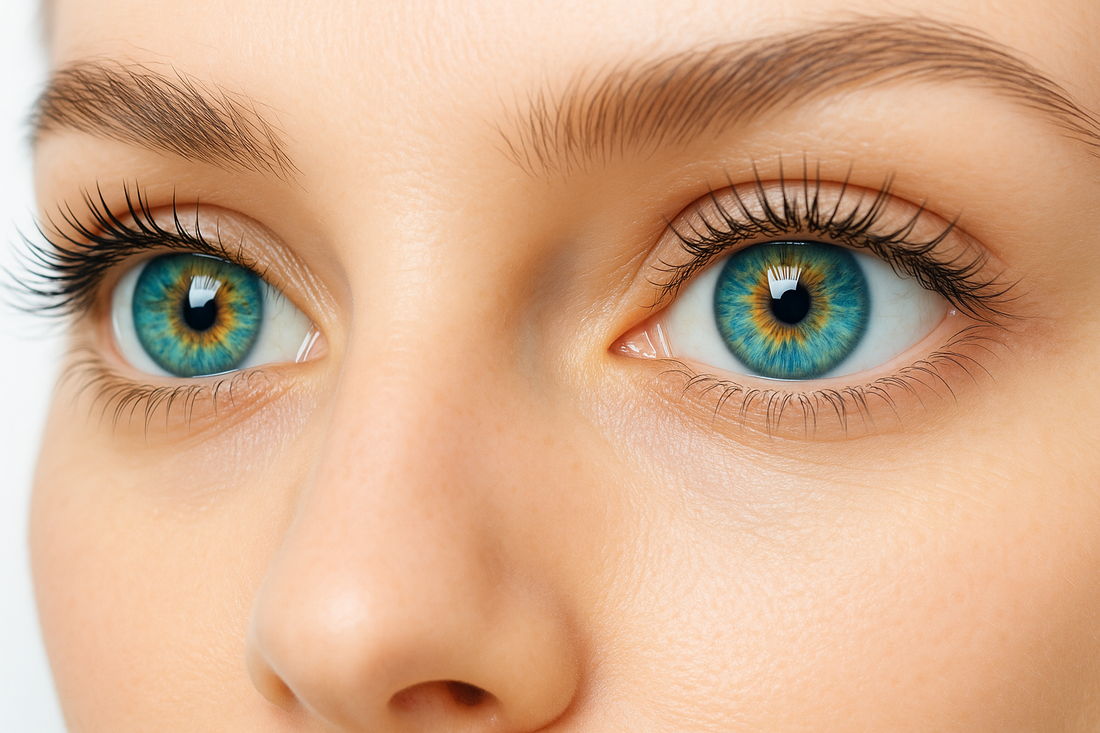Eye Care After Surgery (LASIK, Cataract, and More) — Why Sealing Matters
Eye surgery recovery requires special care. Discover why sealing your eyelids during sleep helps protect healing eyes, prevent dryness, and support long-term recovery

Eye Care After Surgery (LASIK, Cataract, and More) — Why Sealing Matters
Eye surgery can dramatically improve vision and quality of life — but proper aftercare is essential for smooth healing. One of the most overlooked recovery steps is keeping the eyes sealed during sleep. Even small gaps between the lids can cause dryness, irritation, or delayed healing. Here’s why sealing matters and how to do it safely.
Quick Navigation
1. Protecting the Healing Surface
After surgeries such as LASIK, PRK, or cataract removal, the corneal epithelium (outer surface of the eye) is temporarily vulnerable. During the first few weeks, it’s common for tear production to decrease and for the eyes to feel dry or gritty — especially at night when blinking stops.
When your eyelids don’t close completely, the cornea becomes exposed to air, increasing the risk of exposure keratopathy or delayed epithelial healing.
Solution: EyeOasis Sleeping Tape keeps eyelids gently sealed during sleep. Its soft silicone adhesive prevents dryness and helps maintain a stable healing environment without irritating sensitive post-surgical skin.
2. Preventing Accidental Rubbing
Rubbing your eyes during sleep — even lightly — can disrupt healing tissue or dislodge protective contact lenses placed after surgery. It’s an easy mistake that can happen unconsciously, especially when the eyes feel itchy or irritated.
Solution: Using a secure but gentle tape over the eyelids provides a physical barrier against accidental rubbing. It helps you sleep confidently, knowing your healing eyes are protected through the night.
3. Maintaining Moisture Balance
Temporary dry eye symptoms are one of the most common post-surgery side effects. LASIK and cataract procedures can disrupt corneal nerves responsible for signaling tear production. As a result, patients may experience burning, foreign-body sensation, or blurred morning vision.
Solution: Sealing the eyelids helps preserve natural tears and prevents evaporation. Combine this with preservative-free lubricating drops or ointment before bed for optimal comfort and hydration.
4. Supporting Doctor’s Instructions
Many ophthalmologists recommend taping the eyelids closed for the first few nights after surgery to prevent inadvertent exposure or trauma. However, standard medical tape can irritate delicate eyelid skin, leave residue, or pull lashes.
Solution: EyeOasis Tape offers a safer, more comfortable alternative. It adheres gently, leaves no residue, and is ISO 10993-5 and 10993-10 tested for biocompatibility, meaning it’s proven safe for sensitive skin.
5. Promoting Restful Recovery
Comfort is crucial to recovery. When your eyes are sealed and protected, you can rest without worrying about irritation or unintentional rubbing. Better sleep supports faster healing, reduces inflammation, and helps stabilize the tear film.
Many patients report less morning discomfort and clearer vision after incorporating nightly eyelid sealing into their recovery routine.
Essential Aftercare Tips
- Use preservative-free lubricating drops every few hours during the day.
- Apply a gel or ointment before sleep to maintain hydration.
- Wear sunglasses outdoors to protect from UV and wind exposure.
- Follow your surgeon’s medication schedule strictly.
- Keep the bedroom air moist using a humidifier.
- Avoid rubbing, heavy exercise, or dusty environments during early recovery.
When to Contact Your Doctor
If you experience persistent pain, redness, excessive tearing, or sudden vision changes, contact your eye surgeon immediately. These could indicate infection, inflammation, or epithelial disruption that requires prompt care.
Shop the Solution
Protect your healing eyes comfortably with EyeOasis Sleeping Tape — made for post-surgical care, dry eyes, and nighttime exposure. Designed for comfort, gentle adhesion, and clean removal.
Sources
- American Academy of Ophthalmology (AAO). Postoperative Care in Ophthalmic Surgery.
- De Paiva CS, et al. Dry Eye Post-LASIK: Mechanisms, Risk Factors, and Management. Cornea. 2006.
- Yu EY, et al. Dry Eye Following Cataract Surgery: Risk Factors and Outcomes. J Cataract Refract Surg. 2015.
- Craig JP, et al. TFOS DEWS II: Definition and Classification of Dry Eye Disease. Ocul Surf. 2017.
- Nau A. Better manage nocturnal lagophthalmos for dry eye patients. Optometry Times.
